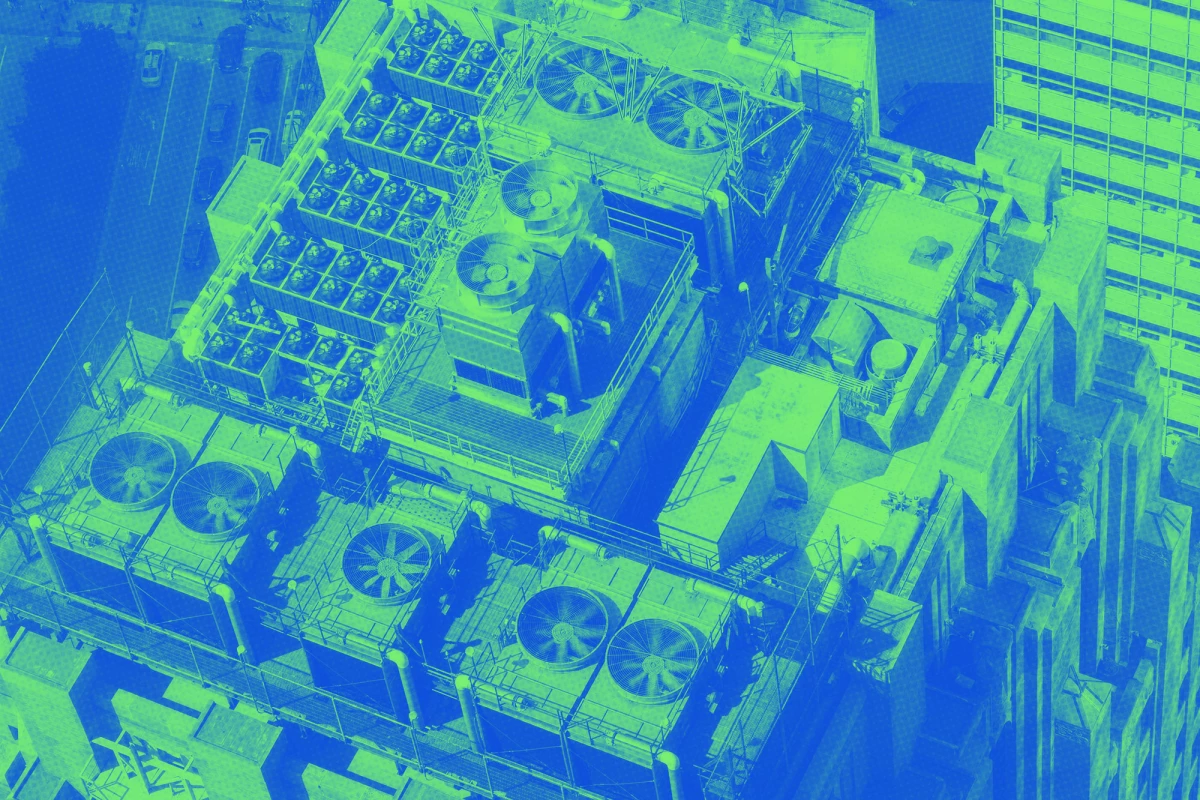We're caught in a vicious circle of facing increasing temperatures across the planet, and combating that with air conditioning – which in turn causes global warming. A problem worth throwing a whole lot of science at, if there ever was one.
Thankfully, we might be close to a fix.
Researchers at the Hong Kong University of Science and Technology (HKUST) have developed an elastocaloric cooling device that they say is 48% more efficient than previous attempts.
Built on an entirely different principle for cooling than vapor compression that enables traditional air conditioners to do their thing, it entirely negates the need for greenhouse-gas-emitting refrigerants in AC units.

Elasto what?
It's rather new to me too. The researchers' device works using the elastocaloric effect. That's when a solid material changes its shape reversibly when an external mechanical force is applied or removed – and it undergoes a phase transformation. Due to the entropy difference between its two co-existing phases, the material can either cool down or heat up.
That sounds familiar, now that you mention it
Yeah, that's because you're so well read. The electrocaloric effect was first discovered in 1980 by physicists Rodríguez and Brown – but it wasn’t attributed to potentially enabling refrigeration or similar applications.
More recently, we saw a breakthrough in September 2023, where HKUST researchers achieved cooling of up to 50 Kelvin. Not too shabby.
How's this new device better?
The team at the Hong Kong university developed a multi-material cascading using nickel-titanium (NiTi) shape memory alloys – materials that can change their shape when they're cold, and return to their original form when heated.
"They selected three NiTi alloys with different phase transition temperatures to operate at the cold end, intermediate end, and hot end, respectively," explain the researchers. "By matching the working temperatures of each unit with the corresponding phase transition temperatures, the overall device’s superelastic temperature window was expanded to over 100 K and each NiTi unit operated within its optimal temperature range, significantly enhancing the cooling efficiency."

This system enabled their device to cool things down by a whopping 75 Kelvin – all without the need for harmful refrigerants. It’s also far more energy efficient.
Okay, so better ACs when?
Hard to say. But hopefully sooner than we melt a bunch more icecaps. According to the International Energy Agency, a French nonprofit that coordinates research and training on energy efficiency, the amount of energy we consume just to cool homes and buildings is set to more than double by 2050.
It’ll also be fun to see how much competition this can spur among researchers looking into similar energy-efficient technologies.
Last year, researchers at Luxembourg Institute of Science and Technology developed a system based on the electrocaloric effect – where materials like ceramics and polymers undergo a reversible temperature change when an electric field is applied to them. Their device generated a temperature difference of 20 Kelvin without any observed breakdown.
LIST's researchers note that a lot of the electricity used to power electrocaloric cooling devices can be reused, so they'd be pretty efficient. Plus, this tech could also see applications like cooling electric car batteries.
A paper on the research has been published in the journal Nature Energy. Let the cooling wars begin.
Source: HKUST







